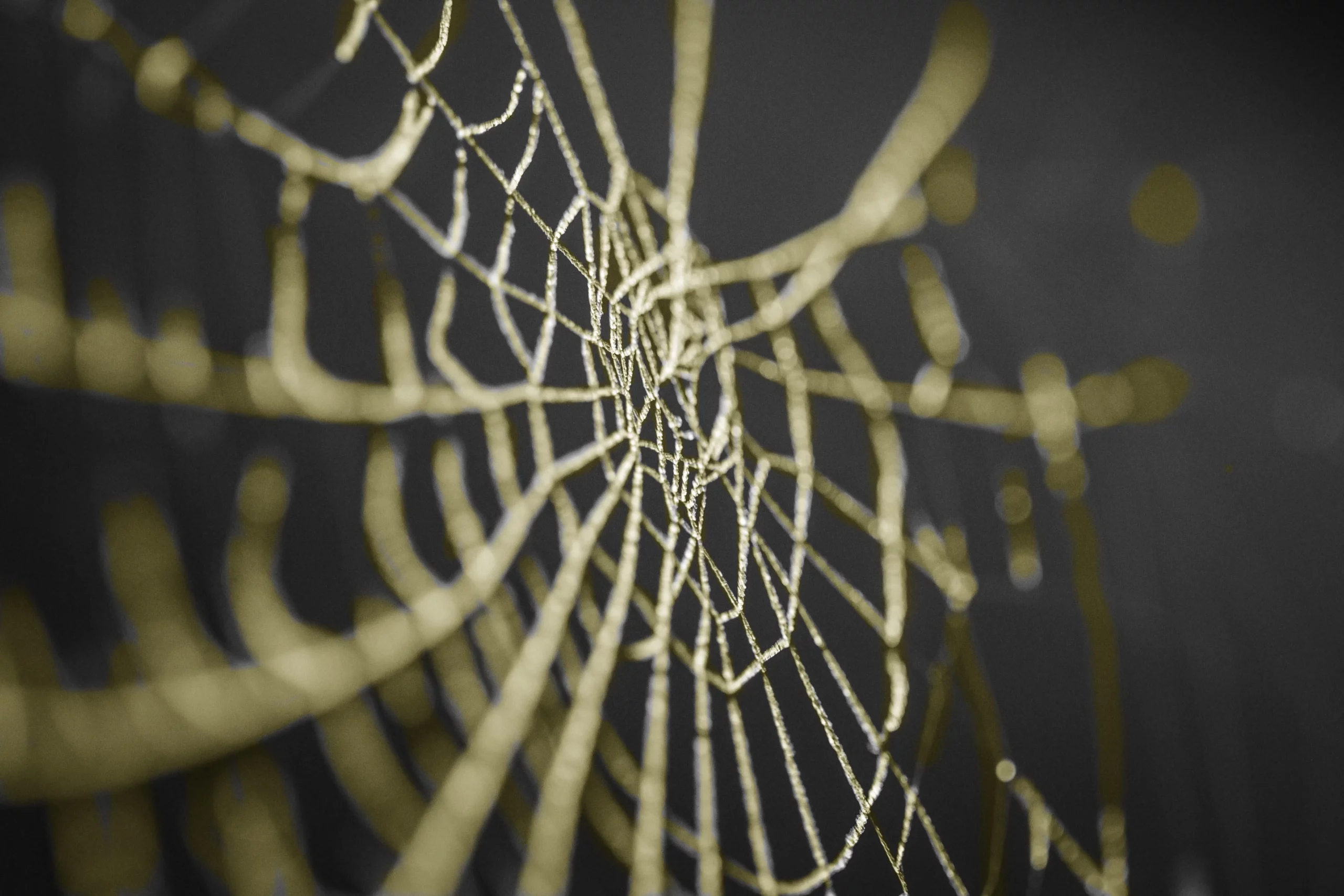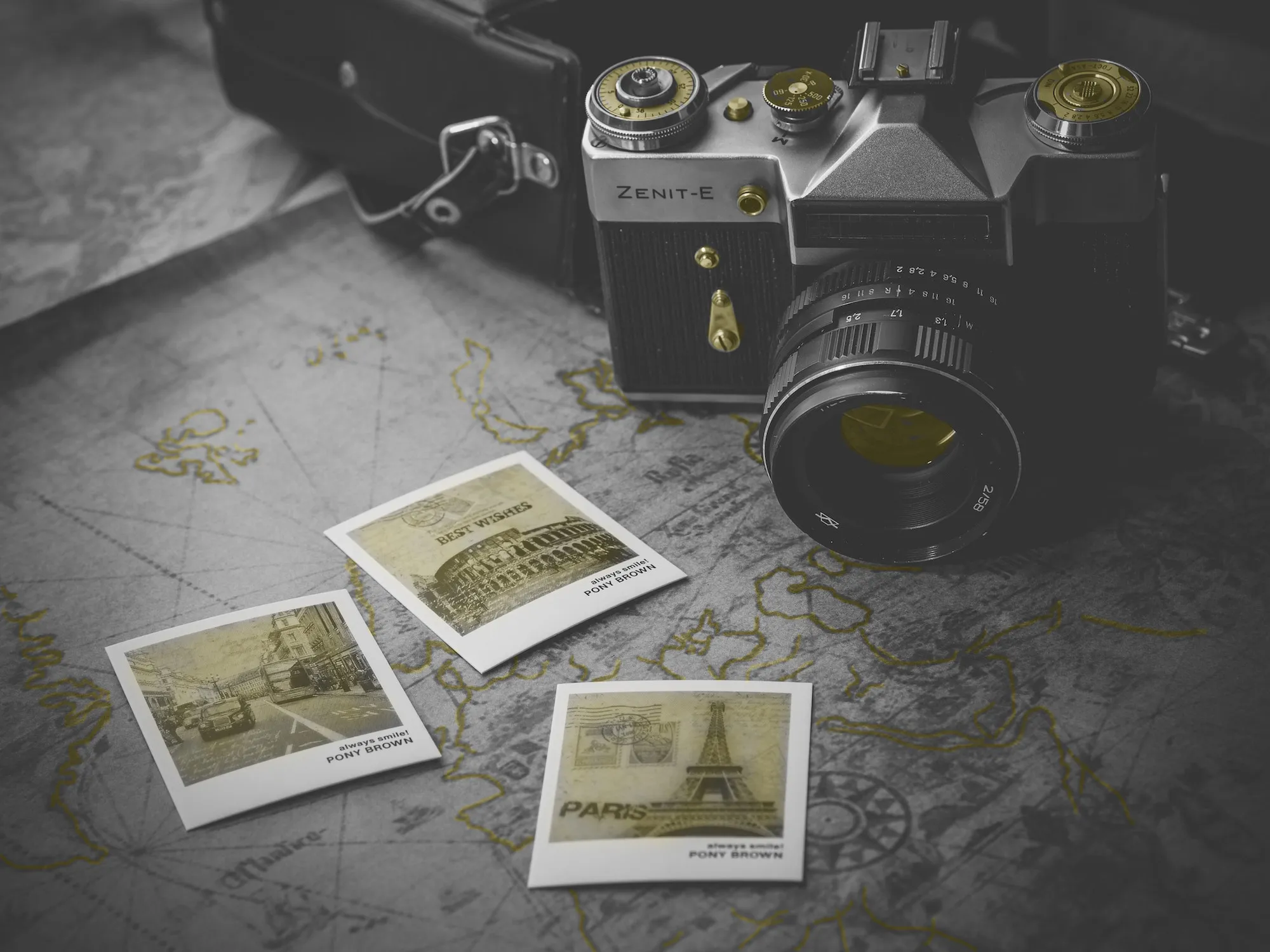In recent years, neural networks and deep learning have sparked tremendous progress in the field of natural language processing (NLP) and computer vision.
While many of the face, object, landmark, logo, and text recognition and detection technologies are provided for Internet-connected devices, we believe that the ever-increasing computational power of mobile devices can enable the delivery of these technologies into the hands of users anytime, anywhere, regardless of Internet connection.








